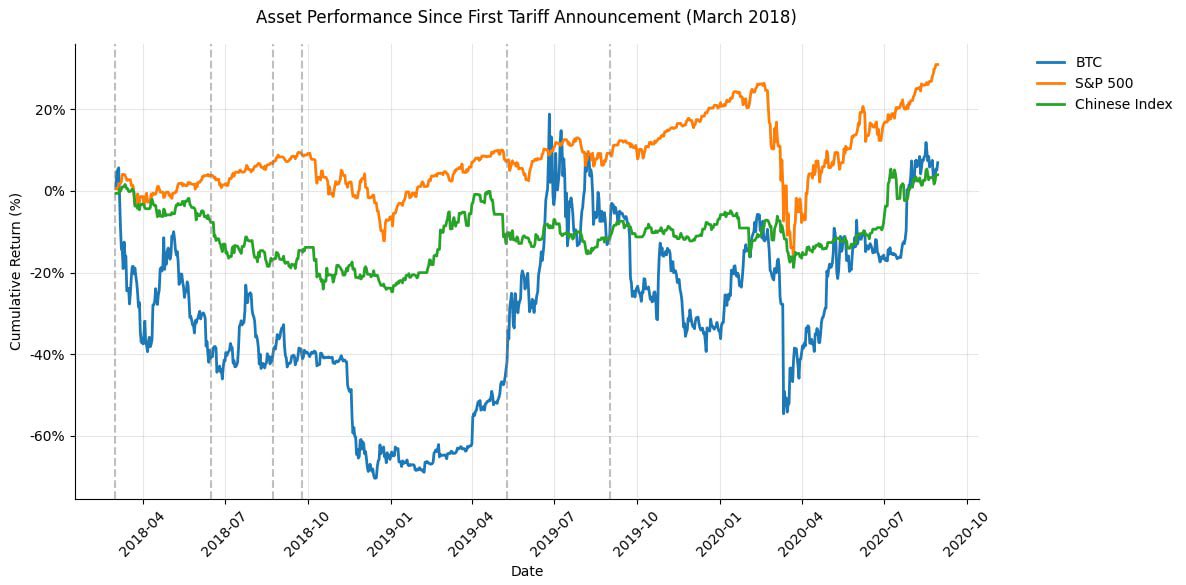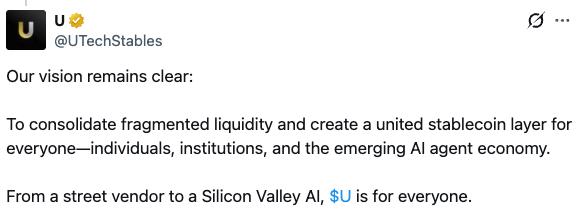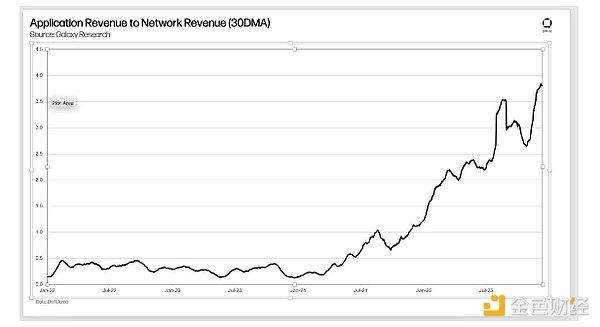Written by: Luke, Mars Finance
Today is March 26, 2025, with less than a week remaining until the highly anticipated "Tariff Landing Day" on April 2nd. This day, dubbed "Liberation Day" by the Trump administration, carries the ambition of reshaping the US trade landscape. However, as media whispers grow, the script of this policy drama seems less radical than expected. Meanwhile, the crypto market - a domain particularly sensitive to macroeconomic winds - is stirring under the shadow of tariffs.
[The rest of the translation follows the same professional and accurate approach, maintaining the original tone and meaning while translating the entire text to English.]Currently, the S&P 500 is at a critical crossroads. Chart 2 shows that if the economy avoids recession, the stock market should rebound quickly; however, if recession risks escalate, selling pressure may persist. The uncertainty of tariff policies undoubtedly intensifies this uncertainty, and if the policy is unexpectedly tough on April 2nd, market panic could further drive down US stocks.
Crypto Market Tense
The crypto market is the first to feel the impact of tariff trends. Bitcoin recently climbed to $88,786, seemingly showing signs of recovery, but industry experts are frequently issuing warnings. CoinPanel trading expert Kretov points out that this rebound looks more like a "bull market trap": trading volume is shrinking, retail investors are waiting and watching, funding rates have turned negative, and even "smart money" is staying put. The market is as fragile as thin ice, potentially cracking with the slightest disturbance. The stable coin lending rate on Aave dropping to 4% further confirms the spread of risk-averse sentiment.
More worryingly, long-term Bitcoin holders are showing a "reluctance to sell" attitude. These "veterans" are expecting higher exit prices, inadvertently becoming a "dead weight" of market selling pressure. Kretov believes that only when these holders sell and the market is completely reshuffled can large players re-enter. However, signs of market cleansing have yet to emerge, and the sustainability of the rebound is questionable.
Historical data sounds an alarm for the current situation. When Trump first launched the tariff war in 2018, global markets experienced severe volatility. According to Chart 3, since the tariff announcement in March 2018, the S&P 500 has cumulatively dropped 12%, while Bitcoin plummeted 65%, far exceeding traditional asset performance. The characteristic of gains and losses is vividly demonstrated in the crypto market: high risk brings high returns, but also comes with more intense downward pressure. In comparison, the Chinese index remained relatively stable during the same period, with a cumulative decline of less than 20%, showing the different sensitivities of various markets to tariff impacts.

CoinDesk's analysis further intensifies these concerns: Bitcoin has formed a "Double Top" formation around $87,000, and if this bearish signal breaks below the $86,000 "neckline", it could potentially drop to $75,000 in the short term. Altcoins will be in an even worse position. SignalPlus partner Augustine Van predicts that the market's soft rebound may continue until the end of the month, but the tariff statement on April 2nd will be a turning point. If the policy is moderate, Bitcoin may sprint to $90,000 riding the Fed's dovish stance; if unexpectedly tough, tightened liquidity could trigger a collective sell-off.
Scenario Speculation
How will the tariffs play out on April 2nd? Based on available information, Trump may choose a "moderate start": setting reciprocal tariffs at 10%-12%, temporarily suspending tariffs for specific industries and countries, thus preserving pressure space while avoiding economic hard landing. If the April 1st report supports escalation, a second wave of attacks may come mid-year. In the short term, the market may fluctuate due to expectation gaps; in the long term, if the trade war reshapes the economic landscape, recovery dividends might benefit the crypto field.
For crypto investors, the tariff implementation day is not just a policy indicator, but also an emotional magnifying glass. A moderate policy might ignite a short-term rebound, while a tough approach will test market resilience. Regardless of the outcome, this game reminds us that macro policies and the crypto market are increasingly intertwined, and only those who understand trends can navigate through the waves.








